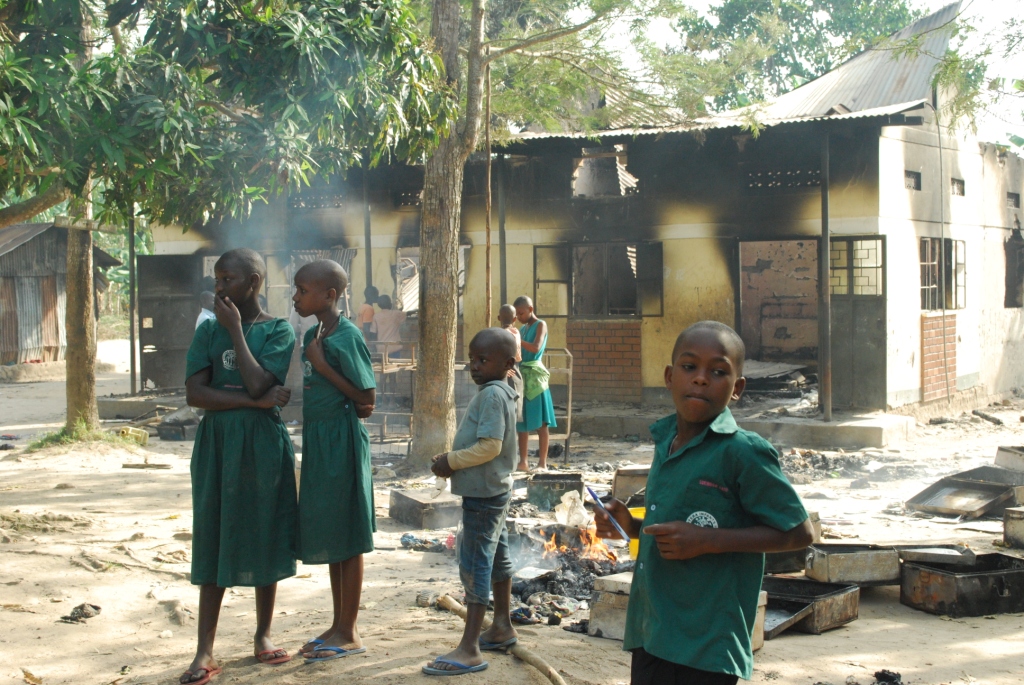By. UNICEF –GENEVA ,
Uganda ranked 152 out of 180 under the child flourishing index that considered child survival, health, education and nutrition indicators and 12 out of 180 for per capita carbon emissions from lifelong environmental impacts from climate change. Children are adversely affected by climate-change impacts: floods; extreme weather; hazardous locations close to water bodies and sea level rise; heat stress; emerging infections; large-scale population migration; water and food insecurity; fires. In addition, the heat experienced in several countries, most recently and dramatically have added to baseline air pollution which affects intrauterine growth restriction and childhood respiratory health.
The report, A Future for the World’s Children?, finds that the health and future of every child and adolescent worldwide is under immediate threat from ecological degradation, climate change and exploitative marketing practices that push heavily processed fast food, sugary drinks, alcohol and tobacco at children.
“Countries need to overhaul their approach to child and adolescent health, to ensure that we not only look after our children today but protect the world they will inherit in the future,” she added.
Intensifying climate change threatens every child’s future
The report includes a new global index of
180 countries, comparing performance on child flourishing, including measures
of child survival and well-being, such as health, education, and nutrition;
sustainability, with a proxy for greenhouse gas emissions, and equity, or income
gaps. [Top
& Bottom 10 countries; Interactive Index]
[1]
According to the report, while the poorest countries need to do more to support their children’s ability to live healthy lives, excessive carbon emissions – disproportionately from wealthier countries – threaten the future of all children. If global warming exceeds 4°C by the year 2100 in line with current projections, this would lead to devastating health consequences for children, due to rising ocean levels, heatwaves, proliferation of diseases like malaria and dengue, and malnutrition.
The index shows that children in Norway, the Republic of Korea, and the Netherlands have the best chance at survival and well-being, while children in Central African Republic, Chad, Somalia, Niger and Mali face the worst odds. However, when authors took per capita CO2 emissions into account, the top countries trail behind: Norway ranked 156, the Republic of Korea 166, and the Netherlands 160. Each of the three emits 210% more CO2 per capita than their 2030 target. The United States of America (USA), Australia, and Saudi Arabia are among the ten worst emitters.
“This report shows that the world’s decision makers are failing today’s children and youth: failing to protect their health, failing to protect their rights, and failing to protect their planet,” Dr Tedros Adhanom Ghebreyesus, Director-General of the World Health Organization said. “This must be a wakeup call for countries to invest in child health and development, ensure their voices are heard, protect their rights, and build a future that is fit for children.”
END

























